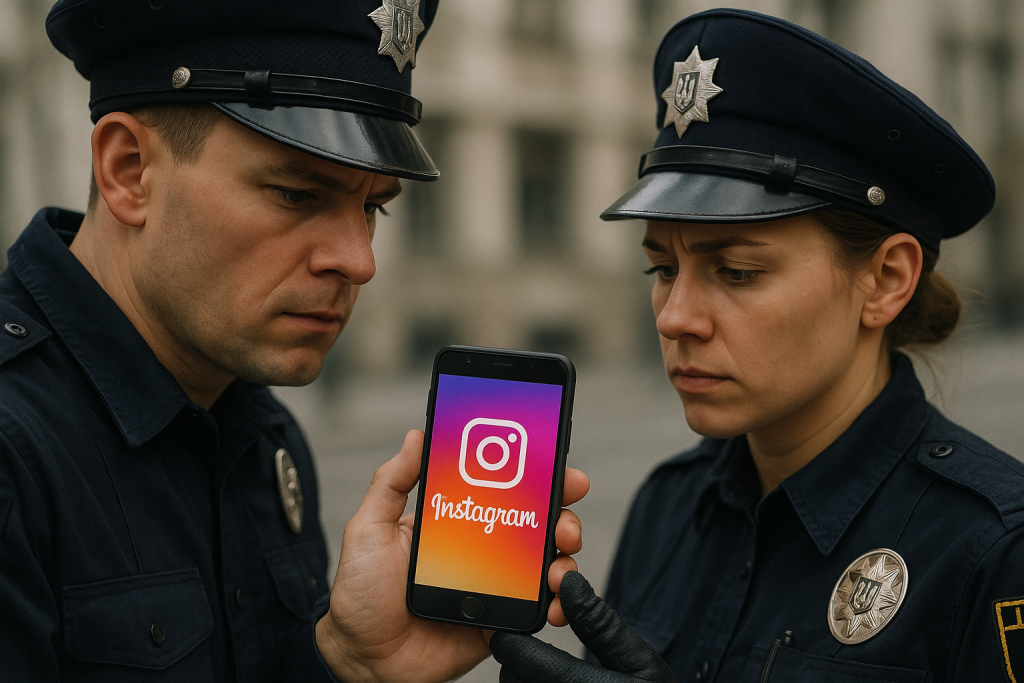
Instagram isn’t just for influencers, brands, or lifestyle bloggers—it’s also a powerful tool for law enforcement agencies. Used effectively, it can help departments connect with their communities, enhance transparency, and expand their audience. Some even explore Instagram follower packages to boost visibility, but the real key is striking the right balance between official communication and authentic, human content.
Here’s how agencies can utilize Instagram strategically to build trust and expand their followers.
People tend to trust what they understand and feel connected to. An Instagram account full of mugshots and crime alerts won’t build much goodwill. Instead, agencies should utilize the platform to showcase the everyday aspects of police work.
These glimpses make officers more relatable and approachable, which helps break down the “us vs. them” perception.
Transparency builds trust faster than any slogan. Instagram can be a visual tool for explaining policies, showing procedures, and addressing public concerns.
By proactively sharing information, agencies can reduce speculation and misinformation.
A common mistake is treating Instagram as a digital bulletin board. That approach makes followers feel like spectators instead of participants.
Instead:
This two-way interaction demonstrates that the department values dialogue, not just disseminating information.
While enforcement is part of the job, policing is also about service. Instagram is a great place to spotlight positive outcomes and partnerships.
Examples include:
When followers see a real, positive impact, it reinforces the idea that officers are part of the community, not apart from it.
Instagram is a visual-first platform. That means photos and videos need to be transparent, well-composed, and authentic.
Authenticity matters more than perfection. A candid moment between an officer and a child can generate more engagement than a polished press photo.
Followers will tune out if every post is heavy or grim. Adding lighter, safe-for-work content can help balance the feed.
These lighter moments make the account more approachable and shareable.
Too few posts and you’ll lose momentum; too many and you’ll overwhelm followers. A consistent posting schedule—such as 3 to 4 times a week—keeps the audience engaged without causing fatigue. Consistency also signals that the account is active and reliable, which helps build trust.
Partnerships can expand reach and show unity.
These collaborations help connect with audiences that might not otherwise follow a police account.
Growth and trust aren’t built blindly. Instagram analytics can reveal which posts spark the most engagement and which ones fall flat.
Key metrics to monitor:
Agencies can adjust their content strategy based on what resonates most with the community.
Public trust can be damaged in seconds if a post is tone-deaf or dismissive. Always review content for professionalism, cultural sensitivity, and factual accuracy before posting. Avoid political commentary and stick to the department’s mission of safety, service, and community connection.
Instagram gives law enforcement agencies a unique opportunity: a direct line to the public that’s visual, interactive, and personal. Used thoughtfully, it can help officers be seen as human beings, improve transparency, and build lasting trust. The key is authenticity—sharing real stories, engaging in genuine conversation, and showing the community that the department is listening as much as it’s speaking.
A well-managed Instagram presence isn’t just about likes and follows. It’s about shaping a relationship between law enforcement and the people they serve—one photo, one story, one conversation at a time.